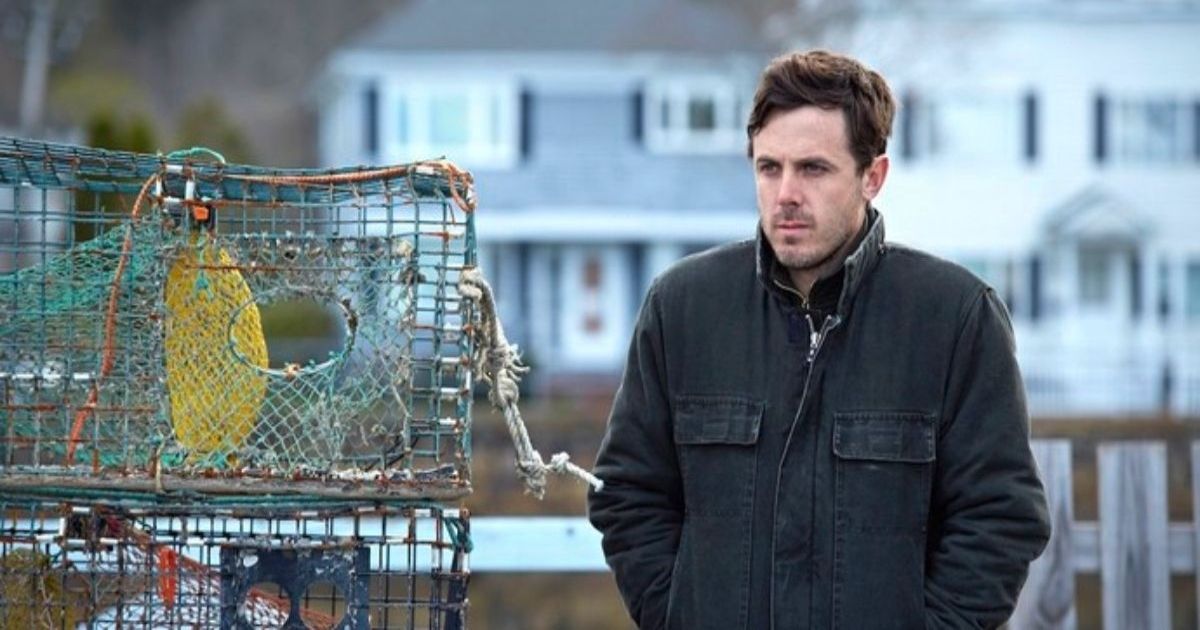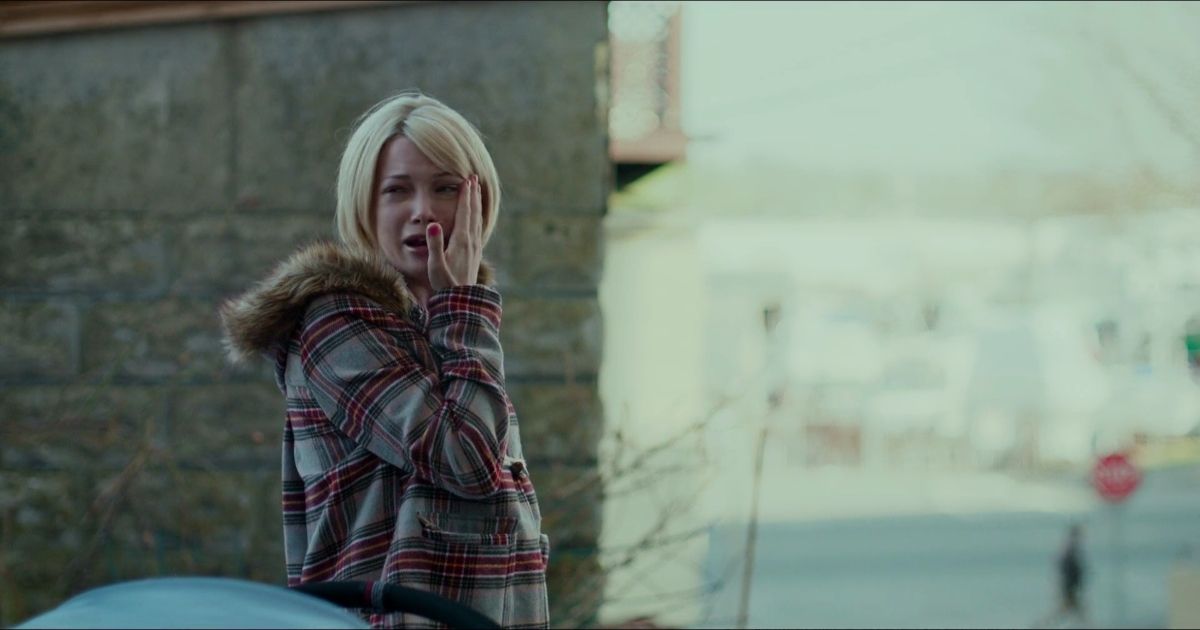Manchester by the sea is still called one of the saddest films of this generation. It plays on realistic themes of depression and guilt to tell the story of a broken home. At the heart of this story is Lee Chandler, played by Casey Affleck, who is recovering from the loss of his three children and is now mourning the death of his brother. Lee is forced to look after his cousin Patrick, played by Lucas Hedges, as they navigate the seas of grief.
While this movie isn’t easy to watch and certainly isn’t a popcorn joyride, it’s an important viewing experience. Kenneth Lonergan’s direction and Oscar-winning screenplay is raw and at times silent; very rarely music comes in to accentuate the mood, complementing the antisocial and monosyllabic Affleck. Usually it’s the performances and the static shot composition that draw the audience in. Other notable appearances include Michelle Williams as Lee’s ex-wife Randi and Kyle Chandler as Joe, Lee’s late brother who we see in flashbacks.
Manchester by the sea is not a doctor-prescribed antidote to cure depression or sadness. However, it’s one of the perfect movies to teach a lesson on how to deal with it. It is an accurate exploration of what depression looks like and how to deal with it in the most real way possible. A variety of these realistic elements are further brought to life through the incredible performances and non-linear storytelling.
Tell non-linear stories
We don’t know what’s going on all at once, and that’s okay. Lee’s character finds out about his brother’s death fairly early in the film, but it’ll take us a bit of time to figure out exactly what’s going on. There’s no time in it Manchester by the sea when the characters step aside and use mindless exposition to spoon-feed the viewer every detail. We also see Lee clearly depressed for his brother’s death, and we don’t find out why until act two.
The movie almost uses flashbacks as a coping tool for Lee. It’s almost like he keeps these truths in a vault and reveals what’s inside when he’s really ready. This makes sense since we don’t know what happened to his previous family until half way through the movie. In previous flashbacks, Lee was with Randi and his three kids… but these days he’s alone. We speculate about hardship and divorce, but what ultimately happens in these flashback scenes is much more intense, and Lee’s past in Manchester by the sea is really disturbing.
In addition, we see flashbacks jumping around in time during Joe’s health struggles. Nor are they seamless transitions and it may take audiences a while to figure out when the sequence is happening. There are also flashbacks showing Patrick as a young boy and how Lee was always a present influence in his life along with his father, Joe. But they also show the dynamic with his mother, who struggled with substance abuse. These non-linear flashbacks and presentation of information offer the audience a glimpse deep into the mind and soul of the damaged protagonist.
Casey Affleck plays a recognizable protagonist
Casey Affleck gives an emotionally compelling performance as Lee. Not only did it earn him an Oscar, but it’s often referred to as one of the greatest dramatic performances in recent movie history. Why? For starters, Affleck is able to contain the horrible feelings Lee experiences and let them out through pits of anger and rage in bar fights. It’s the way his character can feel something again, something other than sadness. It’s one of two times where we see this character really expressing real emotions and not hiding under a stoic melancholy. The other is perhaps the darkest moment in the movie.
Affleck brings to his character Lee what a true protagonist should be: flawed. This man is by no means a perfect specimen of a human being. He made mistakes that cost him those he loved. In a mid-movie flashback, we see that a night of partying and substance abuse led to an error of judgment with the fireplace. The fire broke out in the home and killed his three children as he fetched liquor from the liquor store. However, the real pain in his performance comes when he realizes that he will not be prosecuted or even jailed. Realizing this, he takes a gun from an officer at the precinct, and the look on his face gives assurance of what he would have done had he not been blocked.
Lee is a troubled character with a troubled past. He conveys true humanity and guilt to the audience who may see themselves in this man. His saving grace is the bond he forms with his cousin Patrick, where some comedic elements bring lightness to the overall depressing film.
Life goes on
What is the biggest lesson this movie can teach? Life goes on. Time may not heal all wounds, but it can be a good Band-Aid. Although it is not easy to tread the waters of grief and tragedy, we move forward every day. Lee doesn’t smile until the end of the movie, after two hours. The film is more or less a visual representation of the stages of grief. However, it can also be the movie that teaches someone to accept that it’s okay to be happy again and to forgive themselves. Lee allows Patrick to be independent and spend his childhood in his hometown where he can carry out his father’s legacy with his boat. Despite the dark themes and subjects, the film has a silver lining.
Closure is the last piece of this puzzle. Lee and Randi come face to face in the film’s final act. Randi laments her grief to Lee, but he insists he must move on. Audiences did not expect this to be a happily ever after between the two as the film provided realism. Life doesn’t always turn out the way we expect, but a character like Lee shows the audience that moving forward prevails.



